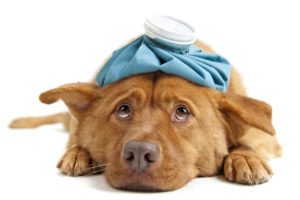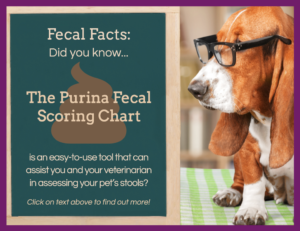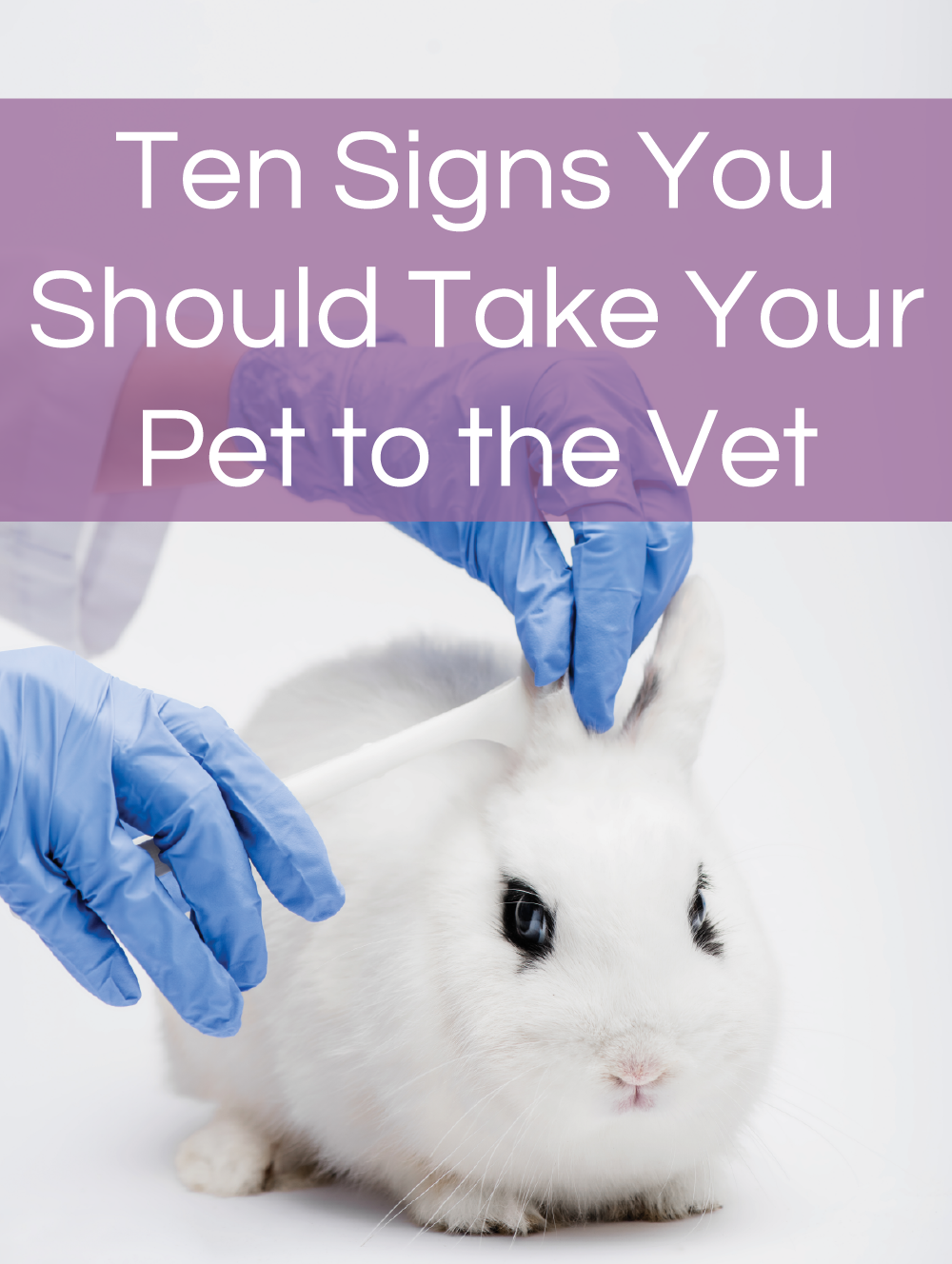
At Geary Veterinary Hospital, we send reminders to clients when it’s time for their pets’ annual checkups and shots. This preventative care helps your pet stay healthy, along with quality food, regular exercise, and a loving, attentive home environment. But there may be times when your pet gets hurt or sick, and you wonder if a vet appointment is necessary. Below are some signs and symptoms to watch for. We recommend bringing your pet in so we can offer care and support.
1. Is your pet vomiting?
Vomiting is a sign of illness, of course, but if your pet vomits just once, it’s not yet time to worry. Cats cough up hairballs occasionally; dogs eat something that may not agree with them and then throw up. However, if the vomiting is continuous, take note. Is your pet also experiencing diarrhea? A lack of appetite? Does the vomit contain mostly food or something else, like bile? Animals that experience continuous vomiting and/or diarrhea are at risk for dehydration. At Geary, we can help you determine possible causes of vomiting as well as offer supportive care in the form of anti-nausea medications and the use of fluids.
2. Has your pet's appetite or water consumption changed?
Some pets have big appetites, eating meals quickly and begging for more. Other pets are “grazers,” nibbling a bit from their food bowl and leaving uneaten amounts for later. You know your pet’s usual eating routine better than anyone, so if you notice that he or she doesn’t seem interested in food or is starting to avoid meals and treats, make an appointment for a checkup. Don’t let your furry friend go more than 24 hours without eating. As far as water consumption goes, it’s important to keep an eye on that too. If your pet seems to drink excessively, this could be a warning sign of diabetes or kidney disease. We can run tests to make sure everything is okay.
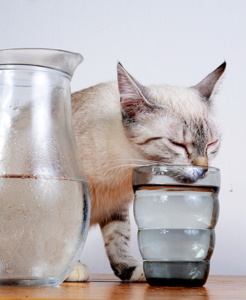
3. Is there a difference in your pet’s bathroom habits?
Just like in humans, bathroom habits are an indicator of health, so a change in that area could be a sign of problems. Changes in bathroom habits can signal the presence of a virus, bacteria, intestinal parasites, or food allergies, among other things. Check your cat’s litter box daily to see if the amount of urine is relatively consistent. In male cats, straining to urinate, urinating outside the litterbox, or blood in urine may be a sign of urinary blockage, which is an emergency. When walking your dog, notice whether there’s a significant increase/decrease in urination. Is your dog asking to go outside more often? Do you notice straining to urinate? These could be signs of a urinary tract infection or bladder stones.
Pay attention to your pet’s bowel movements, too: any changes in the color, odor, amount, and consistency can alert you to problems. If your pet has diarrhea, constipation, or blood in the stool, be sure to contact us and, if possible, bring in a stool sample.
4. What is your pet’s energy level?
Is your dog suddenly hyperactive, unable to sit still or running around agitated? Does it seem as if he or she can’t seem to get comfortable? These could be signs of possible injury or illness. On the other hand, have you noticed that your pet has less energy than usual or even seems listless? Although many pets spend much of the day sleeping, you probably notice when your animal appears overly tired or lacks the energy to move much. Is your pet avoiding stairs or unable to jump as high as usual? Keep a record of your pet’s energy level and give us a call if you sense that something is “off.” A change in energy level might signal infection or pain—especially if you’re aware of other shifts in your pet’s appetite or bowel habits.
5. Has your pet’s breathing changed?
Is your pet panting harder than usual? Or panting not when hot or during exercise? These could be signs of a respiratory issue or of pain in dogs. If you notice fast panting, shallow breathing, or labored breathing, bring your pet in for a veterinary exam. If your cat is open-mouth breathing, particularly while at rest, please come to see us right away.
6. Is your pet sneezing and/or coughing?
Occasional coughs or sneezes are usually no cause for concern. So, if your pet coughs a couple times a day, don’t worry. But if you notice a persistent cough lasting more than a day or two, make an appointment to see us. If your pet has a runny nose and sneezes often, he or she may have an upper respiratory illness. We can treat that.
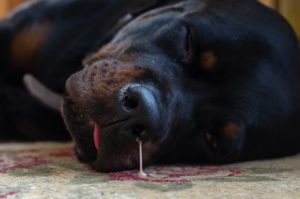
7. Has there been a change in your pet’s movement/vocalizations?
Do you notice limping? Hiding? Flinching? Holding a paw up? Excessive licking of an area on the body? Increased whining? Yelping? These are signs of pain or injury, so be sure to bring your pet in for an exam. Remember, cats and dogs may act stoic about their pain, not being obvious about their symptoms. We often hear “My dog isn’t crying so he’s not in pain,” which isn’t necessarily true. Animals continue day-to-day life despite pain. Guinea pigs are particularly good at hiding what hurts. If your guinea pig stays hidden in its hutch, avoids being touched, or isn’t as social as usual, pain may be the cause.
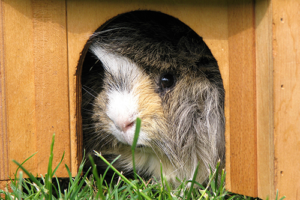
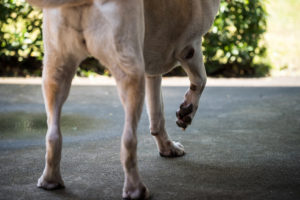
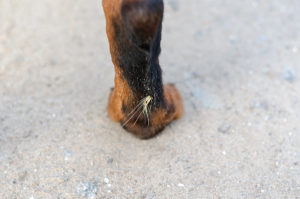
8. How is your pet’s hair/fur and skin?
Signs of problems may include new lumps or bumps, hair/fur loss, itching, a rash, or a wound. We’ll take a closer look at the area to determine the cause and suggest treatment.
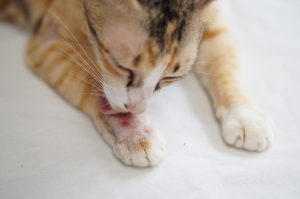
9. How do your pet’s eyes look?
If you see any noticeable change in one or both of your pet’s eyes, it’s important to schedule a veterinary exam. For example, constricted or dilated pupils could be signs of illness, as could having one pupil dilated and the other one constricted. Eye ulcers, in particular, are serious. Do you notice eye redness or excessive discharge? Is your pet squinting? Please call right away. Do you see a droopy lid? The third eyelid covering part of the eye? These changes are an indication that something is amiss.
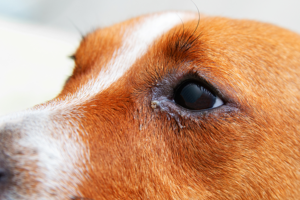
10. Is there a noticeable change in behavior?
An animal that is injured, ill, or in pain can’t tell you in words what is wrong. Behavior changes may be the first clue. For example, has your pet started soiling the house? Is your pet suddenly biting or snapping at people or at other animals? Is your pet pacing? Is he or she growling more than usual? Have you noticed any excessive grooming? You know what is normal for your pet. If you see signs of odd or atypical behavior, your pet could be trying to tell you something. We’re here to help.
